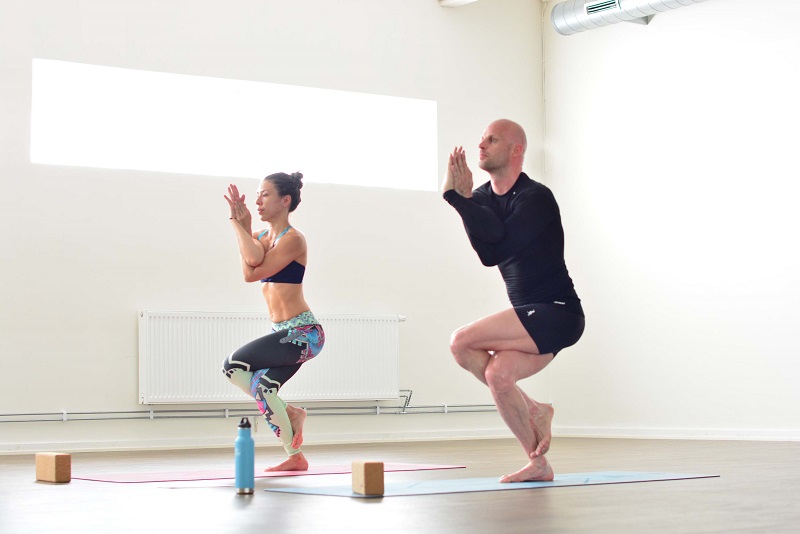Yoga is a transformative practice that offers a holistic approach to well-being. It’s far more than just physical exercise; it’s a journey that connects the body, mind, and spirit. Whether you’re a beginner curious about yoga or someone with experience looking to deepen your practice, this guide explores the many benefits and offers insights to help you get the most from your yoga journey.
Contents
The Three Pillars of Yoga
Yoga is often described as having three main components:
- Physical Postures (Asanas): These poses are the most recognizable aspect of yoga. They range from gentle stretches to challenging postures that build strength, flexibility, and balance. Regular practice can improve posture, alleviate aches and pains, and boost energy levels.
- Breath Control (Pranayama): Yoga emphasizes conscious breathing techniques. Pranayama exercises can reduce stress, calm the mind, improve focus, and even help regulate blood pressure.
- Meditation (Dhyana): Meditation is the practice of quieting the mind and cultivating inner awareness. It is a powerful tool for reducing anxiety, promoting emotional well-being, and finding a sense of inner peace.
The Many Benefits of Yoga
The combination of asanas, pranayama, and meditation creates a synergistic effect that yields a wide array of benefits:
- Physical Health: Yoga improves flexibility, strength, balance, and cardiovascular health. It can help manage chronic conditions like arthritis, back pain, and high blood pressure.
- Mental Clarity and Focus: Yoga enhances concentration, mental clarity, and memory. Regular practice can help reduce stress and anxiety, leading to a calmer and more focused mind.
- Emotional Well-being: Yoga encourages self-awareness and emotional regulation. It provides tools for managing stress, anxiety, and depression, promoting overall emotional balance.
- Spiritual Growth: Yoga offers a path for self-discovery and spiritual connection. It can help deepen your understanding of yourself, your values, and your place in the world.
Related: 6 Yoga Positions and Poses to Reduce Period Pain
Choosing Your Yoga Style
There are numerous styles of yoga, each with its unique focus and intensity. Some popular options include:
- Hatha Yoga: A gentle and foundational style that focuses on basic postures and breathwork. Ideal for beginners.
- Vinyasa Yoga: A dynamic and flowing style that links movement with breath. Offers a challenging workout.
- Iyengar Yoga: Emphasizes precise alignment and the use of props. Great for those seeking detailed instruction and injury rehabilitation.
- Kundalini Yoga: Incorporates chanting, meditation, and specific breathing exercises to awaken energy and promote spiritual growth.
- Restorative Yoga: Gentle, relaxing poses held for longer periods, promoting deep relaxation and stress relief.
Incorporating Yoga into Your Life
If you’re new to yoga, here are some tips to get started:
- Find a qualified instructor: A good teacher can guide you through proper alignment and ensure a safe practice.
- Start slowly: Don’t push yourself too hard at first. Listen to your body and gradually increase the intensity.
- Consistency is key: Aim for regular practice, even if it’s just for a short time each day.
- Create a dedicated space: Having a peaceful area at home can make it easier to establish a consistent practice.
- Explore different styles: Try various styles of yoga to find one that resonates with you.
Yoga for Everyone
Yoga is a practice for everyone, regardless of age, fitness level, or experience. It offers a journey of self-discovery and personal growth, with benefits that extend far beyond the physical. Whether you seek improved health, greater peace of mind, or a deeper spiritual connection, yoga has something to offer you.
Embrace the practice, and allow it to unfold your full potential.




